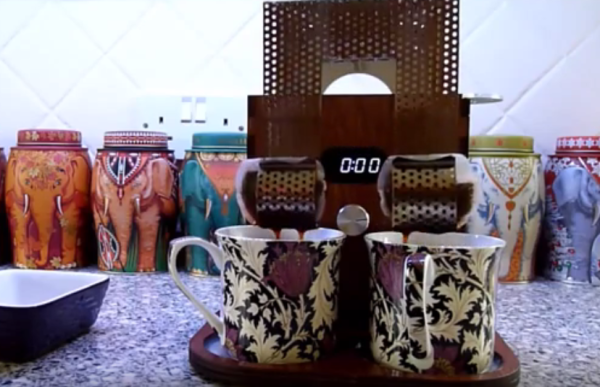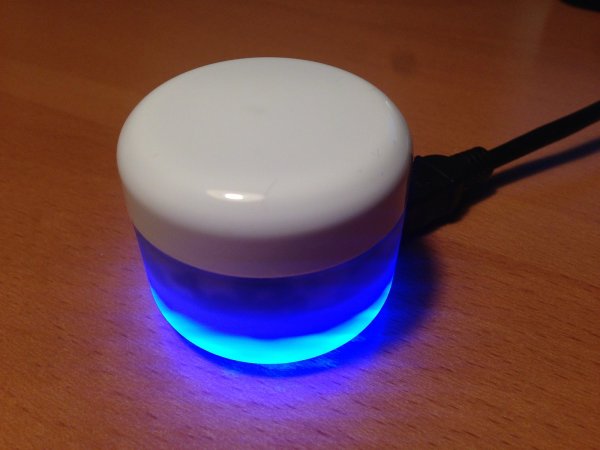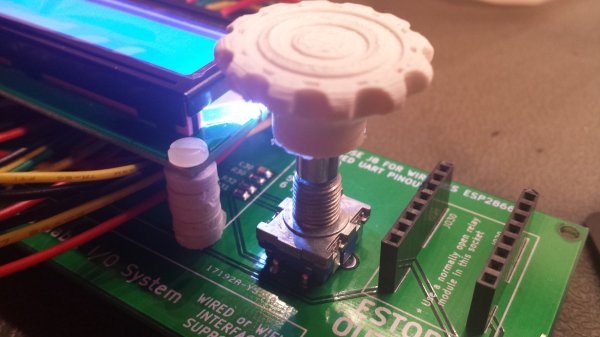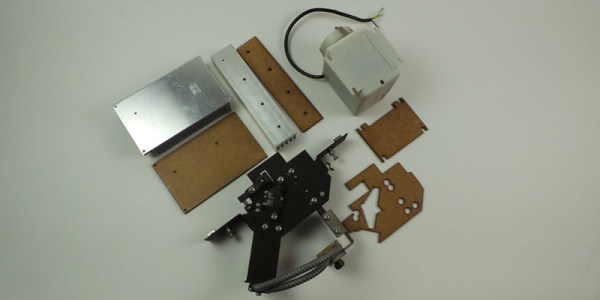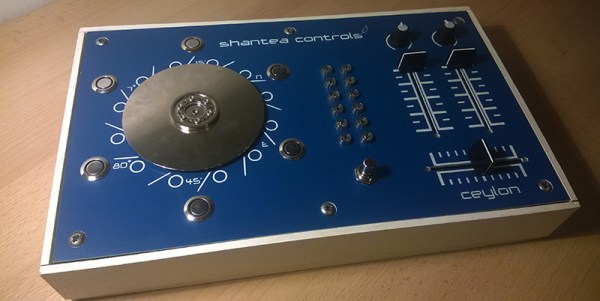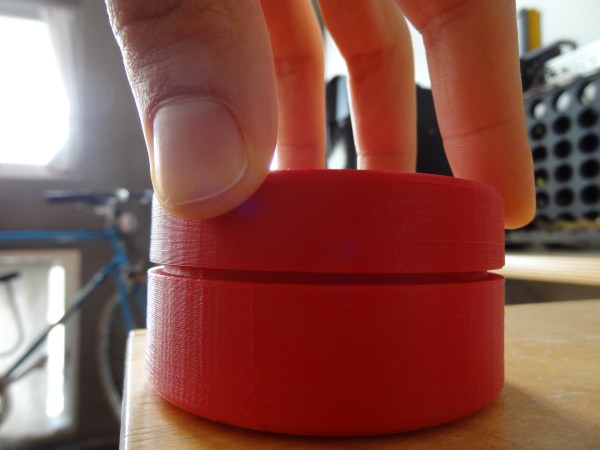On the surface, a cup of tea is a simple thing to make. Heat up some water, insert tea leaves, and wait for it to steep. The wait time is a matter of taste, and it is absolutely crucial to remove the bag or infuser before it’s too late. Otherwise, you end up with a liquid that’s almost, but not quite, entirely unlike tea.
[Adrian] and his son would often find themselves lost in conversation during the steeping process and let it go too long. But that was before they built ChaiBot, an automatic tea minder. This fine-looking machine uses an old CD drive to raise and lower the tea bags, which are held by a thin piece of stainless steel mesh. Once the bags are lowered, [Adrian] pours hot water into the cups. The weight of the water is detected by a capacitive sensor under the cup cutouts, and this triggers the timer to start counting down to the perfect cuppa.
One of the coolest features of ChaiBot is the built-in circulation. Every minute, the bags are lifted out briefly and reinserted, disturbing the water so the steeping is more uniform. Since the final step to making great tea is drinking it before it goes cold, ChaiBot sends a push notification to [Adrian]’s phone. Be sure to check out the demo after the break.
Here’s another CD drive-based tea bot we covered a while back. It’s not quite as pretty, but it gets the job done. If you’re not one to wander off while your tea steeps but prefer not to watch a clock, here’s a compact timer that’ll fit in your pocket.

